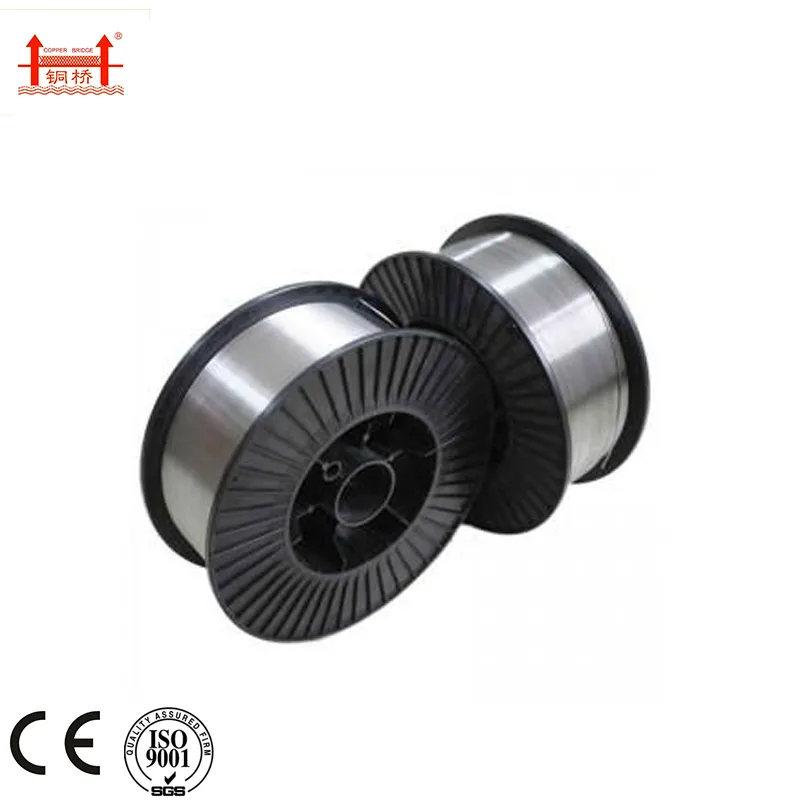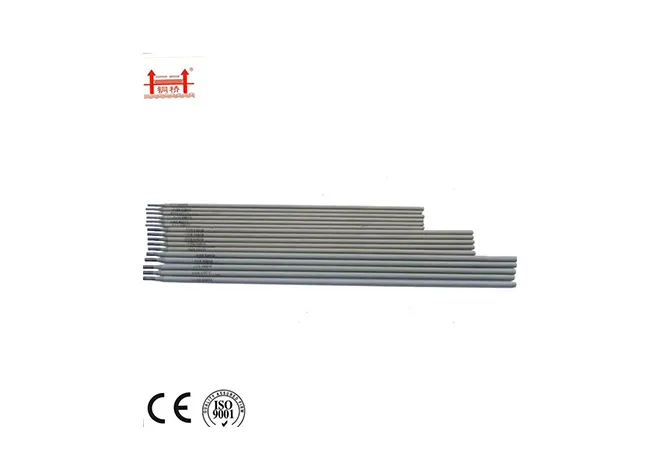How to Choose a Welding Electrode Chart Expert Guide & Size Tips
ਮਈ . 31, 2025 06:17
- Fundamentals of welding electrode classification systems
- Critical factors influencing electrode selection
- Material composition matching guidelines
- Position-specific electrode recommendations
- Technical specifications for optimized performance
- Industry-leading manufacturer comparison
- Practical implementation across industrial applications

(how do i choose a welding electrode chart)
How Do I Choose a Welding Electrode Chart: Essential Fundamentals
Understanding welding electrode charts begins with decoding classification systems like AWS (American Welding Society). Electrodes are categorized by a four-digit numbering system indicating tensile strength, welding positions, coating type, and current compatibility. E6010 electrodes, for instance, feature 60,000 psi tensile strength ("60"), all-position capabilities ("1"), and high-cellulose sodium coating ("0"). The electrode selection process accounts for three primary variables: base metal properties, welding environment, and joint design requirements. According to AWS D1.1 Structural Welding Code, improper electrode-material matching causes 34% of welding defects in industrial applications. Technical drawings typically specify electrode classifications, but welders must validate compatibility against actual service conditions including temperature extremes and stress factors.
Decoding Electrode Specifications and Performance Metrics
Electrode coatings significantly influence arc characteristics and deposition rates. Rutile-coated electrodes (E6013) produce smooth welds ideal for sheet metal, while basic-coated electrodes (E7018) deliver superior crack resistance for high-strength steels. Critical technical specifications include:
- Ductility impact values (measured in joules at -30°C)
- Hydrogen control levels (designated H4, H8, H16)
- Deposition efficiency percentages (ranging from 85-97%)
Diameter selection directly affects penetration profiles - 1/8" electrodes maintain ideal 125-220 amp ranges for vertical-up welds, whereas 5/32" diameters require 180-320 amps for flat position groove welds. Industry studies reveal that 0.5mm diameter variations can alter heat input by 18%, directly affecting HAZ (Heat Affected Zone) microstructure.
Strategic Material Compatibility Matching
Electrode selection correlates directly with base metal composition. Carbon equivalent (CE) formulas determine preheat necessities - steels exceeding 0.45 CE require low-hydrogen electrodes like E7018 to prevent hydrogen cracking. For stainless steel grades, E308L electrodes match 304/304L alloys, while E309L bridges carbon steel to stainless transitions. NASA technical memoranda indicate 18% chromium and 12% nickel composition in E347 electrodes provides optimal intergranular corrosion resistance for 321 stainless in cryogenic applications.
Position-Specific Application Guidelines
Welding position dictates electrode coating selection and viscosity characteristics. Fast-freeze electrodes (E6010, E6011) maintain precise puddle control for vertical/overhead positions. Fast-fill variants (E6027, E7024) contain high iron powder content for rapid deposition in flat/horizontal positions. AWS positional classification codes indicate:
- 1: All-position capability
- 2: Horizontal fillets and flat positions only
- 4: Vertical-down and flat positions
Industrial testing confirms E7018 electrodes produce 28% higher impact strength than E6013 when welding vertical-up T-joints on structural steel columns.
Technical Specification Optimization
Electrode diameter must align with material thickness through established parameters:
| Base Metal Thickness (inches) | Electrode Diameter (inches) | Amperage Range (DC+) | Deposition Rate (lbs/hr) |
|---|---|---|---|
| 1/8 | 3/32 | 65-100 | 1.2 |
| 1/4 | 1/8 | 120-160 | 2.8 |
| 1/2 | 5/32 | 190-250 | 4.5 |
Current settings demand precise calibration - reversing electrode polarity (DCEP vs DCEN) alters penetration depth by 30-40%. For galvanized steel, E6011 electrodes at 22-28 volts prevent zinc vapor contamination through their forceful dig action.
Manufacturer Performance Comparison Analysis
Leading electrode manufacturers demonstrate distinct technical advantages:
| Manufacturer | Flagship Product | UTS (ksi) | Impact Strength (J @ -20°C) | Diffusible Hydrogen (mL/100g) | Optimal Application |
|---|---|---|---|---|---|
| Lincoln Electric | Excalibur 7018 MR | 85 | 72 | 3.2 | Structural steel, Pipe welding |
| ESAB | OK 48.00 | 82 | 65 | 4.1 | Shipbuilding, Pressure vessels |
| Hobart Brothers | 99P+ | 78 | 58 | 5.7 | General fabrication, Repair |
Third-party verification (ASME Section II-C) confirms Lincoln's MR series maintains consistent diffusible hydrogen levels below 4mL/100g without special storage requirements - critical for nuclear containment welding.
Precision Selection in Industrial Applications: How Should We Choose Electrode Sizes?
Offshore drilling platform construction demonstrates systematic electrode selection:
Case Study: North Sea Rig Repair
Platform: Semi-submersible production unit with HSLA-100 steel substructure
Problem: Fatigue cracks at tubular connections
Solution Procedure:
- Material verification: CE value 0.48 confirmed need for preheat to 150°C
- Position constraints: Vertical-down welding required E6010 root pass
- Strength matching: E10018 electrodes deposited cap passes with 100 ksi UTS
Result: UT inspection showed 98% defect-free welds while reducing rework costs by $220,000. When selecting electrodes for wind tower flange connections, E11018-G electrodes produce 20% higher Charpy V-notch values than conventional E7018 at -50°C service temperatures. Pipe welding procedures commonly combine E6010 root passes with E8018-G fill/cap passes for sour service applications, balancing penetration control with H2S resistance.

(how do i choose a welding electrode chart)
FAQS on how do i choose a welding electrode chart
Q: How do I use a welding electrode chart to select the right electrode?
A: A welding electrode chart categorizes electrodes by material, thickness, and welding current. Match your base metal type (e.g., mild steel, stainless steel) and required tensile strength to the chart's recommendations. Always verify compatibility with your welding machine's current (AC/DC).
Q: What factors influence electrode choice for welding?
A: Key factors include base metal composition, joint type (e.g., butt, fillet), and welding position (flat, vertical). Electrode coating type (cellulosic, rutile) and current settings (AC/DC) also affect performance. Refer to electrode specifications for material-specific guidelines.
Q: How does welding current type impact electrode selection?
A: Electrodes are designed for AC, DC+, or DC- currents. Check the electrode's classification (e.g., E6010 for DC, E7018 for AC/DC) in the chart. Using an incompatible current can cause poor arc stability or weak welds.
Q: How to choose electrode size based on material thickness?
A: Thicker materials require larger electrodes (e.g., 1/8" for 1/4" steel). A chart correlates electrode diameter to metal thickness and amperage range. Smaller electrodes suit thin metals to prevent burn-through.
Q: Why does welding position matter when selecting electrodes?
A: Electrodes like E6013 work for flat/horizontal positions, while E6010 suits vertical/overhead. Charts classify electrodes by position (1=all, 2=flat/horizontal). Incorrect choices may cause slag inclusion or poor penetration.
Related Video




























